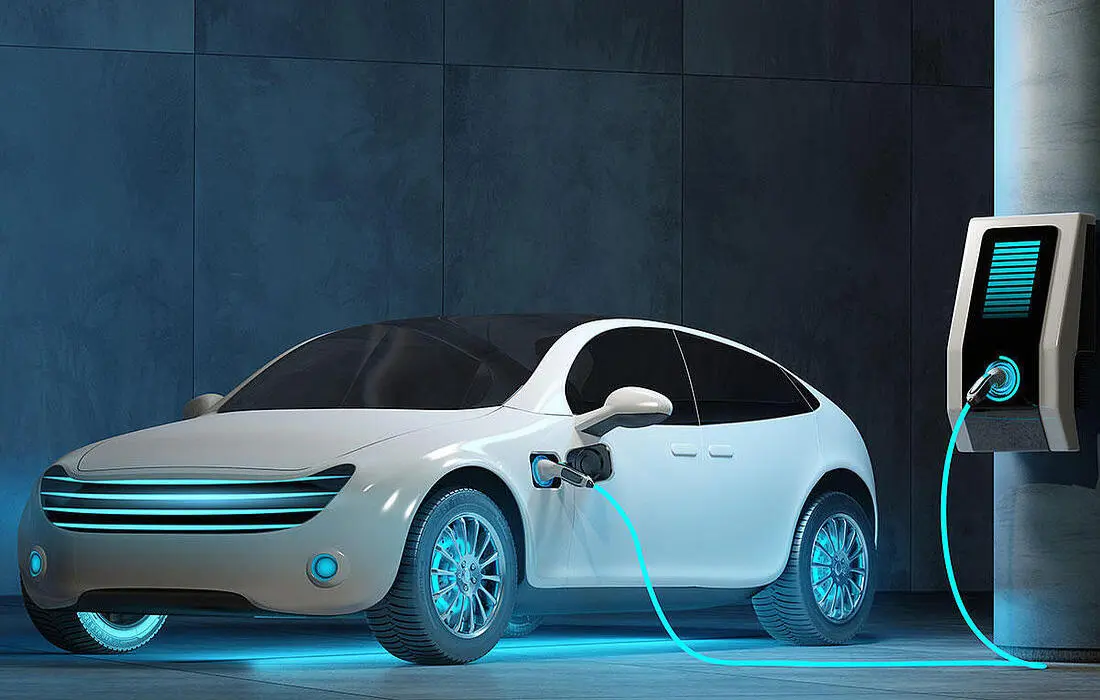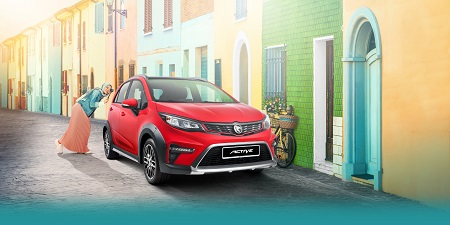India is home to over 30 crore registered vehicles, and a significant chunk of them are more than 15–20 years old. These old vehicles are not only fuel guzzlers but also major contributors to air pollution. To tackle this growing concern and promote eco-friendly transportation, the Government of India introduced the Vehicle Scrappage Policy in 2021. Let’s understand what it is, how it helps, and why it’s a game-changer for the Indian economy, environment, and the automobile industry.
What is Vehicle Scrappage Policy?
The Vehicle Scrappage Policy is an initiative by the Ministry of Road Transport and Highways (MoRTH) aimed at phasing out unfit and polluting vehicles from Indian roads. According to the policy:
- Private vehicles older than 20 years and commercial vehicles older than 15 years will need to undergo a fitness test.
- If the vehicle fails the test or the owner chooses to scrap it voluntarily, the vehicle can be deregistered and sent to an authorised Registered Vehicle Scrapping Facility (RVSF).
This policy supports vehicle scrap companies in India and encourages the use of cleaner, safer, and more fuel-efficient vehicles.
Major Objectives of the Scrappage Policy
The Indian government’s vision behind this policy is multi-fold:
- Reduce Air Pollution: As per a study by TERI, older vehicles contribute over 10 times more emissions than newer ones.
- Boost the Automobile Sector: By encouraging the purchase of new vehicles.
- Promote Recycling: Help build a circular economy by recovering metals and parts from old vehicles.
- Create Jobs: Scrapping centres and recycling industries are expected to create thousands of employment opportunities.
Environmental Benefits
Let’s talk numbers. According to the Ministry of Environment, India loses nearly ₹10 lakh crore annually due to pollution-related health issues. A big portion of this pollution comes from outdated vehicles emitting carbon monoxide, nitrogen oxides, and particulate matter.
With the scrappage policy in action:
- Over 1 crore old vehicles are expected to be removed from roads.
- Emissions could reduce by 25–30% in urban areas.
- India can save lakhs of litres of fuel every year.
Economic Benefits
Scrapping old vehicles is not just good for the environment; it also makes economic sense.
- It will increase demand for new vehicles, boosting sales for automakers.
- Metal recovery through scrapping can reduce raw material import costs.
- The auto recycling sector is projected to grow to ₹43,000 crore by 2025.
- It will open up new business opportunities for vehicle scrap companies in India, especially in tier-2 and tier-3 cities.
Benefits for Vehicle Owners
If you own a vehicle that’s past its prime, here’s what you gain by scrapping it:
- Scrap Value: You get around 4-6% of the ex-showroom price of a new vehicle as scrap value.
- Tax Benefits: Up to 25% rebate on road tax for personal vehicles and 15% for commercial ones.
- Registration Fee Waiver: On purchase of a new vehicle.
- Discounts from OEMs: Manufacturers like Maruti Suzuki and Tata Motors are offering additional exchange bonuses.
So, scrapping your old car might actually bring you closer to owning a brand-new, fuel-efficient vehicle.
Impact on the Auto Industry
India’s auto industry contributes nearly 7% to the country’s GDP. With this policy, we can expect:
- A renewed demand for small cars, electric vehicles (EVs), and fuel-efficient models.
- OEMs investing in newer technology and production units.
- More partnerships between auto giants and scrap companies to manage the scrappage ecosystem.
State-Wise Implementation
States like Gujarat, Maharashtra, Uttar Pradesh, and Delhi have already started promoting scrapping centres under public-private partnerships.
- Gujarat is setting up a Vehicle Scrappage Park in Kutch.
- Delhi has launched multiple RVSFs to meet rising demand.
- RTOs in these states are integrated with the Vahan and Parivahan portals for easy registration and de-registration.
Support to Electric Vehicle (EV) Adoption
By pushing old vehicles off the road, the policy indirectly promotes EVs, which are now becoming more affordable.
- States like Tamil Nadu and Delhi are offering additional subsidies on EVs if you scrap your old car.
- EVs are cheaper to run (costing only ₹1.5 per km vs ₹7–10 for petrol/diesel cars).
- This aligns with the FAME India Scheme, which promotes faster adoption of electric mobility.
Recycling and Waste Management Advantages
One of the biggest benefits of vehicle scrapping is material recovery. When a car is scrapped:
- 95% of it is recyclable, including steel, aluminium, copper, and plastic.
- Batteries and fluids can be safely disposed or repurposed.
- India can cut down its import bills by sourcing recycled metals locally.
This builds a sustainable supply chain and reduces dependency on international markets.
Challenges and Concerns
Like every new reform, the scrappage policy comes with its own set of challenges:
- Low public awareness about RVSFs and incentives.
- Limited number of authorised scrapping centres.
- Sentimental attachment to old vehicles.
- Resistance from small transport operators who still rely on older vehicles.
Awareness campaigns and financial support will be key to overcoming these challenges.
How to Scrap Your Vehicle in India: Step-by-Step
Here’s a quick guide for those planning to scrap their vehicle:
- Search for a registered scrapping company in your city (like CERO, Abhishek Auto, Mahindra MSTC).
- Submit your vehicle’s RC, ID proof, and other required documents.
- The scrapper will de-register the vehicle and provide you a Certificate of Deposit (CoD).
- Use this CoD to claim tax rebates, registration fee waiver, and dealer discounts on new vehicles.
Many vehicle scrap companies in India now offer doorstep pickup, making the process super convenient.
Future Outlook and Long-Term Impact
The long-term vision of the policy is aligned with India’s Net Zero Emissions goal by 2070. Some projections include:
- Over ₹10,000 crore investment in scrappage infrastructure.
- Saving of 30–40 lakh tonnes of crude oil through fuel-efficient vehicles.
- India becoming a global hub for auto recycling by 2030.
Final Thoughts
The Vehicle Scrappage Policy is more than just about old cars—it’s about building a cleaner, greener, and more sustainable India. Whether you’re a vehicle owner, automaker, or recycler, this policy offers benefits across the board.
And with rising demand, the vehicle scrap companies in India are seeing a golden opportunity to scale their operations, improve infrastructure, and contribute to a cleaner future.





